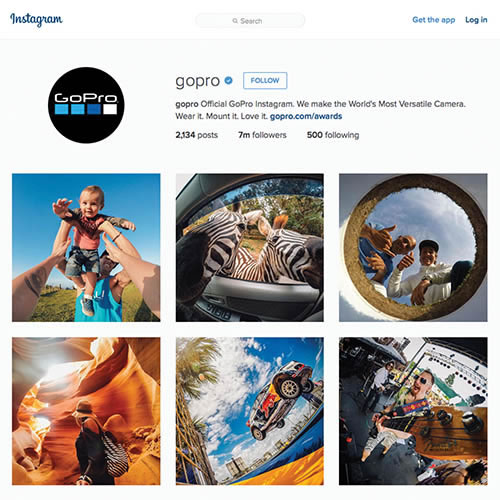Gekko managing director Daniel Todaro believes retailers may have to consider a different approach to marketing if they are to attract younger buyers into their stores
Youth is overrated, disposable income should be the focus. While we may be able to believe that the economy is on the up, life for many since 2009 has been tough.
The CE market took a dip and has been only truly in recovery since 2014. More than half of TVs sold are smart (57 per cent). And the market in 2016 looks set to decline further thanks to the use of streaming devices, the breadth of product on offer and platforms from which to stream content.
Innovations such as Freeview Play are therefore essential to assist in reinvigorating the TV industry to a broader and, more importantly, younger audience to increase not only a retailer’s average basket value (ABV), but also the opportunity to attract the younger audience that they desire.
First-time buyers shouldn’t be forgotten either as an opportunity to offer IoT packages that assist in furnishing their homes at a price point that benefits both. With 59 per cent of UK consumers stating they would benefit from having an IoT device in their home, the opportunity is clear for retailers and brands to sell the lifestyle benefits of their products.
Brand experience is not exclusive to older generations – a brand speaks uniquely to every individual and brands can, through arrogance and ignorance, be completely dismissed by a generation making way for new brands perceived by a younger audience as a bit more ‘edgy’ and innovative.
While social media usage in relation to shopping habits is still at a low level within the CE/tech sector, it is on the increase and becoming an increasingly important medium to generate interest in a brand and driving sales among a younger audience in retail.
A recent study on shopper ‘tribes’ revealed 13.3 per cent use social media to tell friends about products and brands that they have bought – a 15 per cent increase on 2014 – and 10.2 per cent share photos of tech and CE products with friends via text or social media, in particular Instagram, before they buy in order to garner opinions. Amazingly, this is a significant 66 per cent increase on the previous year’s study (2014) and demonstrates the increasing importance in merchandising and showcasing your products to optimum effect, so that they appeal to as wide an audience as possible.
Interestingly, almost one-in-10 people (9.6 per cent) use social media to tell friends about the gifts they have just bought. More importantly, such posts are a useful barometer and retailers should consider how people share such posts, especially if the product was bought or available from their store, within a store’s social media platforms.
 Social media is increasingly becoming more prevalent in shaping the decision-making process of considered items, those items we choose to save for and invest in. It is especially relevant with tech and CE purchasing and more so among a younger demographic who seek out new trends and brands.
Social media is increasingly becoming more prevalent in shaping the decision-making process of considered items, those items we choose to save for and invest in. It is especially relevant with tech and CE purchasing and more so among a younger demographic who seek out new trends and brands.
So, in addition to managing social media, it’s also important to keep those window displays and your signage sharp, avoiding clutter, in order to encourage passers-by to want to come in and browse rather than have to venture in due to a distress purchases.
Visual impact is as important as the service you offer. Avoid handwritten signs and too many offers or price-downs. Keep it clean and seasonal to appeal to shoppers of all ages and in particular those on a budget, such as younger people.
In addition to national TV and print advertising campaigns, look around your region at which brands you stock that are advertising on outdoor media sites, such as bus stops, billboards, etc. There may be one opposite or round the corner from your store that appeals to a certain demographic. So link your display space to drive brand recall and increase the opportunity to invite those valuable browsers in-store and convert them into customers.
Premium pricing and messaging may only serve to deter a younger age group, so retailers should offer products and use messaging – in-store, on their website and on social media – that appeals to all pockets, ages and tastes.



